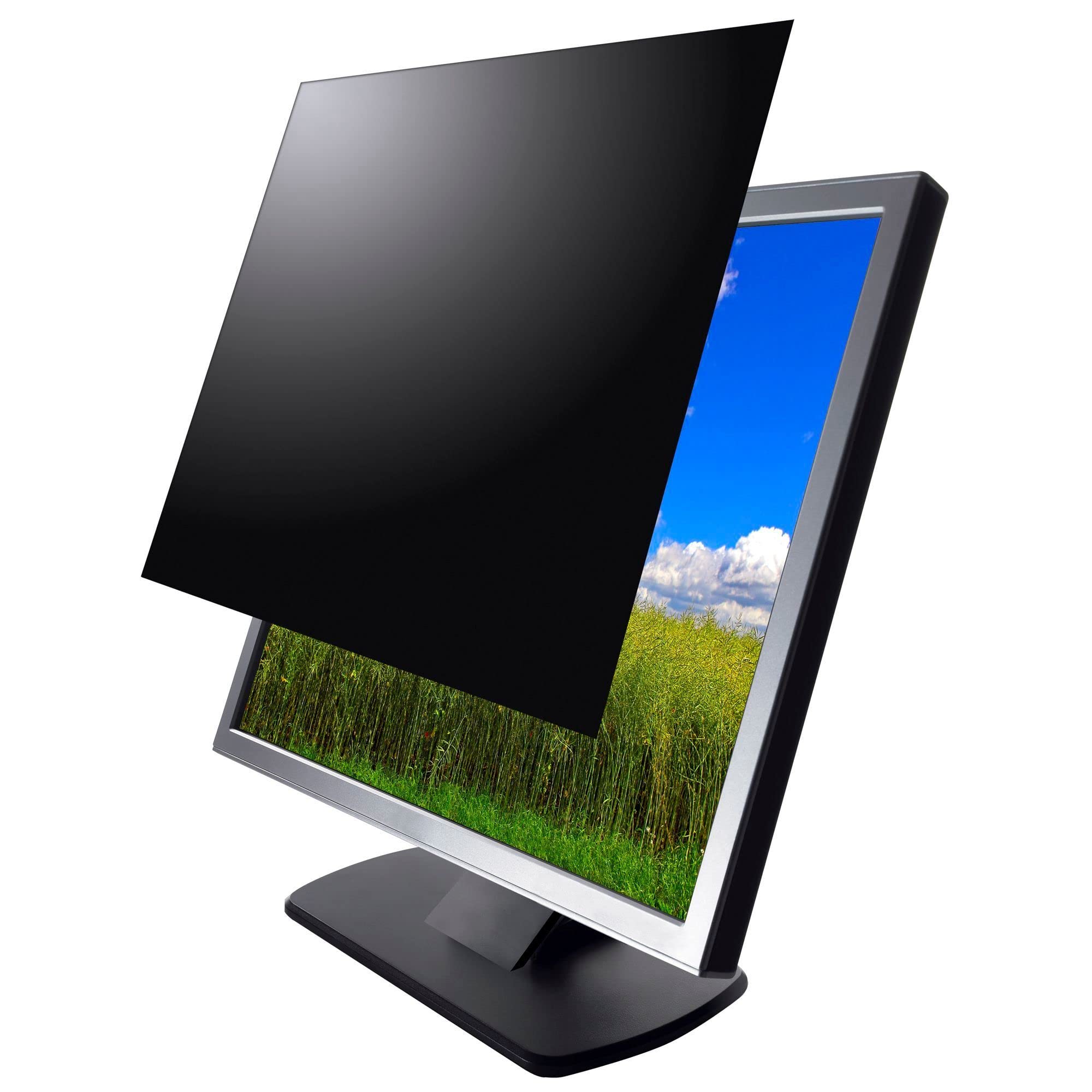In this article, I will discuss how to fix a computer that is not working properly without an operating system.
Common Reasons for Operating System Absence
There are several common reasons for the absence of an operating system on a computer. One of the main culprits is a corrupted master boot record (MBR), which can prevent the operating system from loading properly. Another common issue is a misconfigured BIOS setting, which may need to be adjusted in order for the operating system to boot correctly.
If your computer is missing an operating system, check the boot order in the BIOS settings to ensure that the correct drive is selected as the primary boot device.
Disk partitioning errors can also lead to an operating system not being found. If the partitions on your hard drive are not set up correctly, the computer may not be able to locate the operating system files.
Use disk partitioning tools like EaseUS Partition Master to check and repair any partition errors that may be causing the operating system to be missing.
Additionally, issues with the hard disk drive itself, such as physical damage or a malfunctioning drive, can prevent the operating system from loading properly. If you suspect that your hard drive may be the problem, consider running diagnostics or seeking professional help to resolve the issue.
Initial Troubleshooting Steps
-
Check power supply:
- Make sure the power cord is securely plugged in.
- Check if the power outlet is working by plugging in another device.
-
Inspect hardware components:
- Check for any loose or disconnected cables.
- Ensure that all hardware components are properly seated.
-
Reset BIOS settings:
- Access the BIOS by pressing the designated key during startup.
- Look for the option to reset BIOS settings to default.
BIOS Detection and Settings Adjustment
| BIOS Setting | Description |
|---|---|
| Boot Order | Determines the order in which the computer will attempt to boot from various devices. |
| System Time and Date | Allows you to set the current date and time for your system. |
| Hardware Configuration | Shows a list of all hardware components detected by the BIOS. |
| Security Settings | Allows you to set passwords and other security measures to protect your system. |
Hard Drive Testing and Repair Methods

When facing the challenge of fixing a computer without an operating system, one of the key areas to focus on is the hard drive. To ensure that the hard drive is functioning properly, you can perform various testing and repair methods.
One effective method is to use diagnostic tools such as EaseUS Partition Master to check the health of the hard drive. This software can help identify any potential issues with the drive and provide insights into how to address them.
If the diagnostic tool indicates that there are errors on the hard drive, you can attempt to repair them using the software’s built-in repair functions. This can help resolve any issues that may be preventing the computer from operating properly.
In some cases, if the hard drive is severely damaged and cannot be repaired, you may need to consider replacing it with a new one. This can be done by physically removing the old drive and installing a new one in its place.
Boot Record Repair Techniques
When attempting to fix a computer without an operating system, one of the key areas to focus on is repairing the boot record. The boot record, also known as the master boot record (MBR), is essential for the computer to start up properly. If the boot record is corrupted or damaged, it can prevent the computer from booting into the operating system.
One technique to repair the boot record is to use the Command Prompt in the Windows Recovery Environment. To do this, boot the computer using a Windows installation disc or USB drive. Then, navigate to the Command Prompt option and enter the following command: bootrec /fixmbr. This command will repair the master boot record and allow the computer to boot properly.
Another technique is to use third-party boot repair software. There are various tools available that can automatically repair the boot record and fix any issues preventing the computer from starting up. These tools can be especially helpful if the Command Prompt method does not work or if you are not comfortable using the Command Prompt.
Setting the Active Partition Correctly
To set the active partition correctly on a computer without an operating system, follow these steps:
1. Boot your computer from a bootable CD or USB drive.
2. Access the BIOS or UEFI settings by pressing the designated key during startup (common keys include F2, F10, or Delete).
3. Navigate to the boot options and select the boot device as the CD/DVD drive or USB drive.
4. Save the changes and exit the BIOS/UEFI settings.
5. Restart the computer and let it boot from the bootable CD or USB drive.
6. Once booted, open a command prompt or terminal.
7. Use the diskpart command to list the available disks and partitions.
8. Identify the active partition and set it correctly using the diskpart command. For example, to set partition 1 as active, type: “select partition 1” followed by “active”.
9. Exit the diskpart utility and restart the computer.
FAQ
What to do if my PC doesn’t have an operating system?
If your PC doesn’t have an operating system, you can try restarting it and checking the BIOS settings to ensure the hard drive with the operating system is listed as the first boot device. Disconnect any unnecessary external drives and remove any discs or floppy disks.
What happens if a computer does not have an operating system?
If a computer does not have an operating system, it is limited to performing basic functions programmed into its firmware or bootloader, such as hardware checks or simple pre-installed tasks.
Can you have a computer without an operating system?
Yes, a computer cannot function without an operating system.
How do I fix a missing operating system on my computer?
To fix a missing operating system on your computer, you can restart the PC and enter the BIOS settings. From there, enable the default setup option such as Load Optimal Defaults, Get Default Values, Load Optimized Defaults, Load Setup Defaults, etc. Save the changes by pressing “F10” and exit BIOS.






